Lacecap Hydrangea - The Complete Guide from Proven Winners®
Lacecap hydrangeas are loved for their delicate long-lasting blooms, easy-care nature and versatility in the landscape.
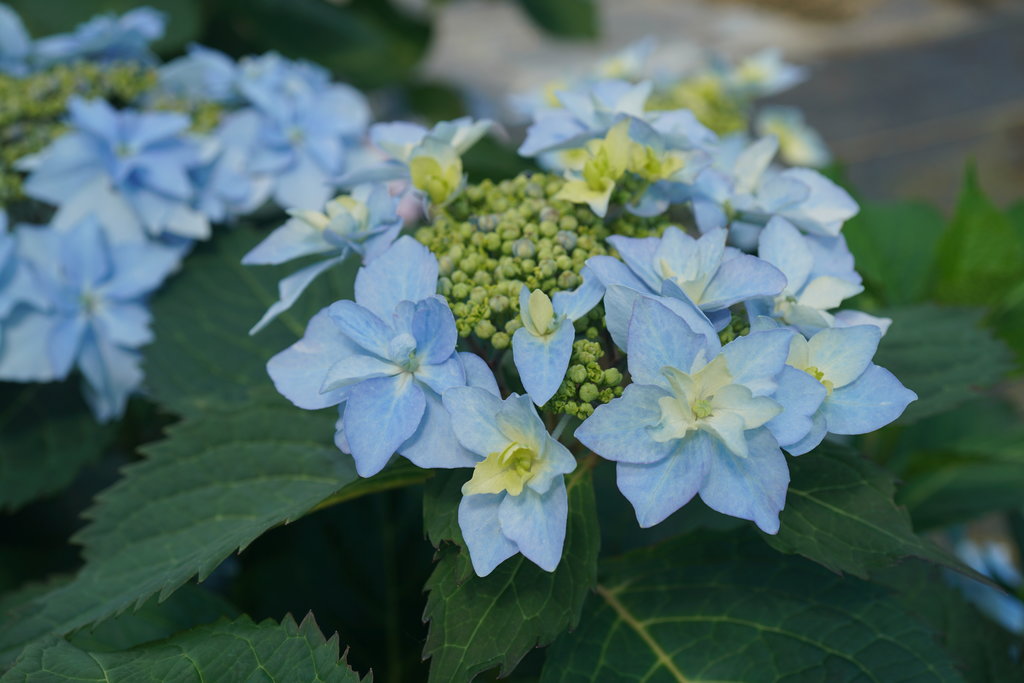 Buy lacecap hydrangeas - Order shrubs online and have them shipped right to your door
Buy lacecap hydrangeas - Order shrubs online and have them shipped right to your door
Lacecap hydrangeas are not a type of hydrangea, but a style of flower. They produce showy florets, surrounded by small flowers that look like closed buds, creating a lacey effect. These deciduous shrubs, which bloom in summer and fall, occur in several different species and are hardy in USDA zones 3-9, depending on the variety.
The lush foliage creates a pleasing effect even when plants are not in bloom. Lacecaps are reliable and provide color and texture in woodland settings, mixed borders, containers and small urban yards.
PLANTING & CARING FOR LACECAP HYDRANGEA
Lacecap hydrangea care varies depending on the species. Check your plant tag for specific recommendations.
How to plant: Follow these steps and space 1-1/2 to 5 feet apart, depending on the variety.
- Dig a hole as deep as the root ball and 2-3 times wider.
- Remove the plant from the nursery pot and loosen the soil around the roots.
- Set the plant in the hole with the top of the root ball slightly above soil level.
- Backfill the hole with soil and tamp down slightly to remove air pockets. Water well.
- Apply a 2-3” layer of shredded bark mulch to retain moisture and suppress weeds.
Soil: Plant in moist, well-draining soil. In certain species, flower color may be affected by soil pH. Alkaline soil results in pinker blooms, while acidic soil with aluminum produces blooms on the blue or purple spectrum. For containers, use a high-quality all-purpose potting mix.
Watering: Hydrangeas need regular water for healthy growth and optimal flowering. Keep soil evenly moist but not soggy. Water deeply to establish healthy roots.
Fertilizing: In early spring, apply a granular fertilizer specially formulated for woody plants according to package instructions. Reapply annually.
TRY THESE PROVEN WINNERS® VARIETIES
Lacecap hydrangeas come in a range of sizes and flower colors. Try these in your landscape:
Tuff Stuff™ reblooming mountain hydrangea has the showiness of bigleaf hydrangeas combined with improved cold tolerance. Blooms are bright pink or deep purple-blue, depending on soil pH, and plants continue flowering from early to late summer. See the entire series of Tuff Stuff™ hydrangeas.
|
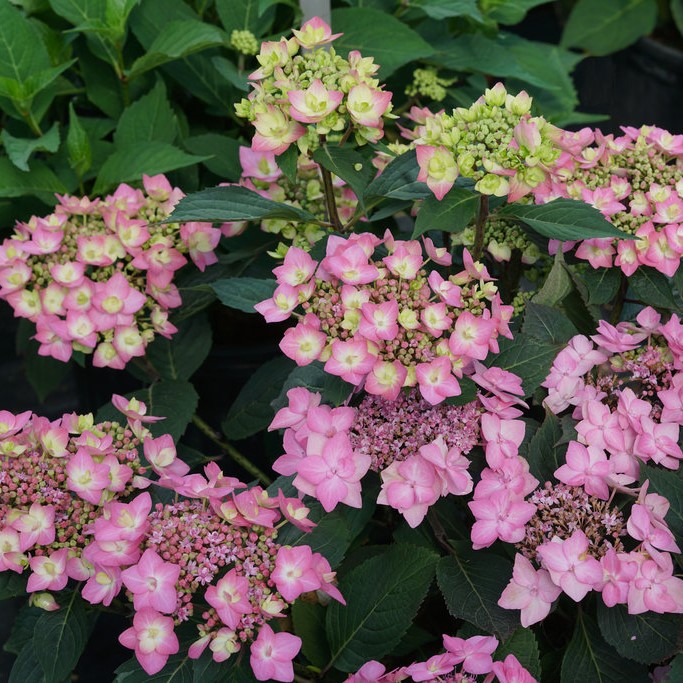 Let’s Dance Can Do!™ has the unique ability to create flower buds along the entire length of the stem instead of only the top like other bigleaf hydrangeas. Exceptional hardiness down to USDA zone 4 ensures successful blooming even with a late spring frost. Flowers occur in colors of strawberry pink or pale lavender, depending on soil pH. Let’s Dance Can Do!™ has the unique ability to create flower buds along the entire length of the stem instead of only the top like other bigleaf hydrangeas. Exceptional hardiness down to USDA zone 4 ensures successful blooming even with a late spring frost. Flowers occur in colors of strawberry pink or pale lavender, depending on soil pH. |
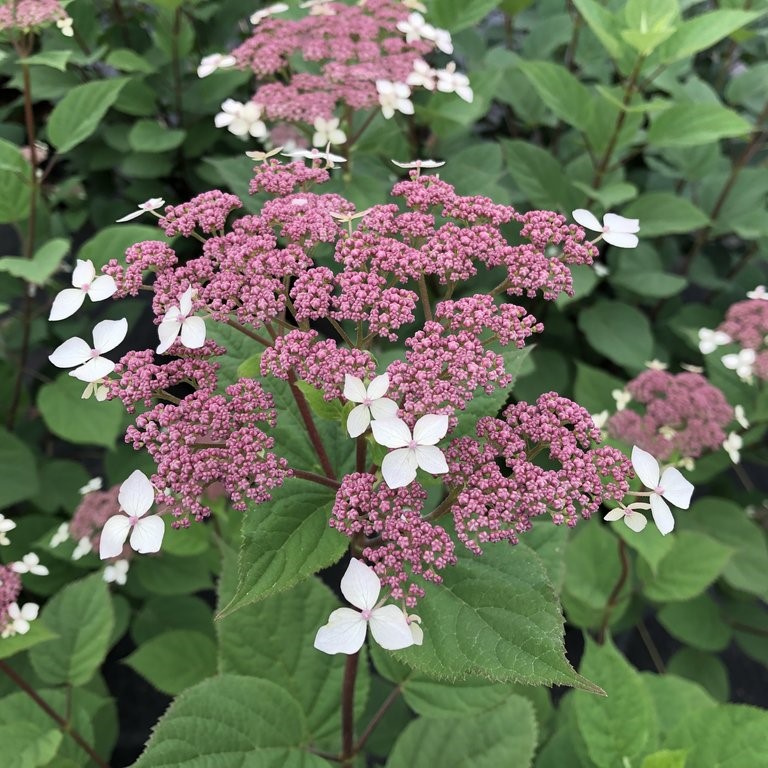 Invincibelle Lace™ smooth hydrangea produces showy plum-purple lacecaps with white sepals, occurring on striking deep purple stems. This is a larger variety that blooms on the current season’s growth, with extreme hardiness down to USDA zone 3. |
See more Gatsby® hydrangeas. |
Also try the dwarf form Little Quick Fire®. |
|
LACECAP HYDRANGEA FAQ’s
Will lacecap hydrangea grow in shade?
The ideal light conditions for lacecap hydrangeas are morning sun and afternoon shade. Provide more shade in hotter climates. However, too much shade may result in leggy growth and fewer flowers.
Do lacecap hydrangeas like full sun?
Depending on where you live, some species can tolerate six or more hours of sun per day. In hotter climates, too much sun can result in drooping, yellow or burned foliage and afternoon shade is beneficial.
Do lacecap hydrangeas bloom on old wood?
Some lacecaps bloom on the previous season’s growth (old wood), while others bloom on the current season's growth (new wood). Reblooming varieties bloom on both old and new wood.
Should I prune lacecap hydrangea?
Pruning requirements for lacecap hydrangeas will vary depending on the species and whether they bloom on old wood, new wood or both. For some, pruning may negatively impact flowering, so check recommendations for your specific plant.
When should you prune lacecap hydrangeas?
Varieties that bloom on new wood can tolerate light shaping or thinning once plants begin to show new growth in early spring. For those that only bloom on old wood, wait until after plants have finished flowering. For rebloomers, it is best to avoid pruning altogether. For all, cut out dead or diseased branches and dried blossoms as needed.
Learn more: How to Prune Hydrangeas
What is the difference between lacecap and mophead hydrangea?
Lacecaps have flat flower heads, while mophead blooms are rounded. Lacecap flowers occur in several different species, while mophead refers to one particular species (Hydrangea macrophylla).
When do lacecap hydrangeas bloom?
Bloom time ranges from early summer to fall, depending on the variety.
What colors do lacecap hydrangeas come in?
Flowers occur in shades of blue, pink, white, lavender or red.
Should you deadhead lacecap hydrangea?
Deadheading is not required, but you may remove spent flowers to tidy up plants. Many gardeners leave flowers in fall to provide winter interest.
Why is my lacecap hydrangea not flowering?
Poor flowering can be due to a number of factors, including:
- Too much shade
- Improper pruning
- Crowding
- Over-fertilizing
- Lack of nutrients
Provide more sun, adjust pruning schedule, thin out branches, or adjust fertilizing or soil amendments as needed.
How big do lacecap hydrangeas get?
Size, which depends on the variety, can range from 1-1/2 to 2 feet tall and wide to 4 to 7 feet tall and 4 to 5 feet wide.
HOW TO USE LACECAP HYDRANGEA IN YOUR LANDSCAPE
This versatile shrub can be used in many ways. Here are just a few ideas:
- Feature a larger variety such as Invincibelle Lace™ as a stand-alone specimen in an island bed
- Combine a medium-sized variety in a foundation planting along with other shrubs that bloom at different times for a continuous display of seasonal color
- Plant a larger variety as a background plant in a mixed border
- Use a dwarf type such as Tiny Tuff Stuff™ as low hedging along a pathway
- Mass any variety along a semi-shaded slope to help control erosion
- Plant a medium-sized variety such as Let’s Dance Can Do!™ as a privacy screen along a property line
- Combine any variety in a woodland setting with other shrubs, trees and perennials with similar cultural needs
- Use a small or medium-sized variety such as Tuff Stuff™ or Tiny Tuff Stuff™ to divide garden rooms
- Plant a dwarf or medium-sized type in a decorative container and display in an entryway or on a patio or deck
Related: How to Grow Hydrangeas in Pots
COMPANION PLANTS
Many plants with similar cultural needs of partial shade and regular water combine well with lacecap hydrangea.
Plant lacecap hydrangeas with other shrubs that bloom at different times for continuous color throughout the growing season, such as:
- Bloom-A-Thon® Pink Double reblooming azalea
- Yuki Cherry Blossom® deutzia
- Jazz Hands® White Chinese fringe flower
- Sugartina® ‘Crystalina’ summersweet
Woodland perennials that pair well with lacecap hydrangea include:
- ‘Ghost’ fern
- Shadowland® ‘Diamond Lake’ hosta
- ‘Rise and Shine’ astilbe
- ‘All Gold’ Japanese hakone grass
For a splash of color, underplant lacecap hydrangeas with annuals such as:
- Rockapulco® Wisteria double impatiens
- ColorBlaze® Lime Time® coleus
- Catalina® Midnight Blue wishbone flower
- Hippo® Rose polka dot plant



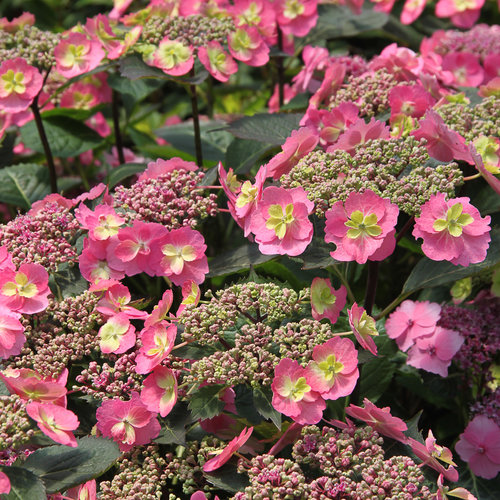
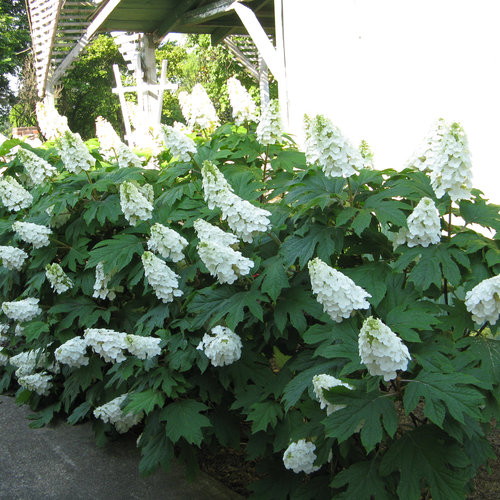 Gatsby Gal®
Gatsby Gal®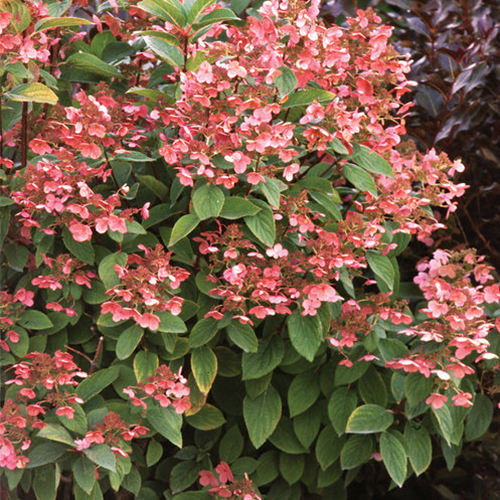 Quick Fire®
Quick Fire®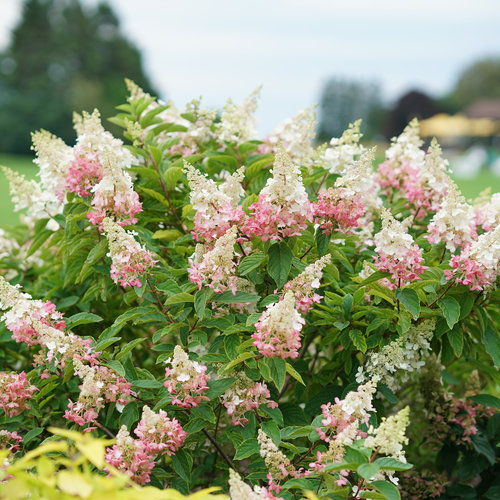 Pinky Winky®
Pinky Winky®
